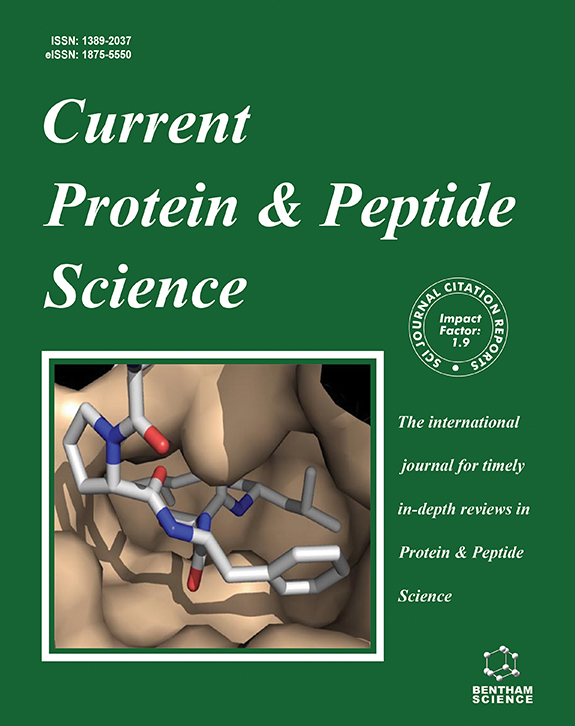Submission Tilte
Peptide and Peptidomimetics: Structure, Assembly, and Applications
Submission Abstract:
Peptides are fundamental biomolecules, imparting structural support, biochemical regulation, and potent
pharmacological activity. The therapeutic significance of peptides and peptidomimetics was first
demonstrated by the discovery of Insulin, leading to the development of clinically important agents such
as Captopril, Semaglutide, and Goserelin, and the antibiotic Lariocidin. Progress in peptide chemistry
has been driven by advances in peptide synthesis, including novel synthetic strategies, protecting
groups, and coupling reagents, enabling efficient, high-yield, enantiopure synthesis of both natural and
modified peptides. Peptide engineering through site-specific chemical modifications and the
incorporation of noncanonical amino acids can modulate the physicochemical properties, impart
proteolytic stability, and provide detailed structure-activity relationships. Recently, the rational design
and synthesis of artificial protein structure mimetics and hierarchical supramolecular architectures such
as foldamers, hydrogels, and metal-peptide frameworks have garnered significant interest due to their
translational applications in catalysis, pharmaceuticals, and biomedicals, tissue engineering, chemical
biology tools, and material sciences.




